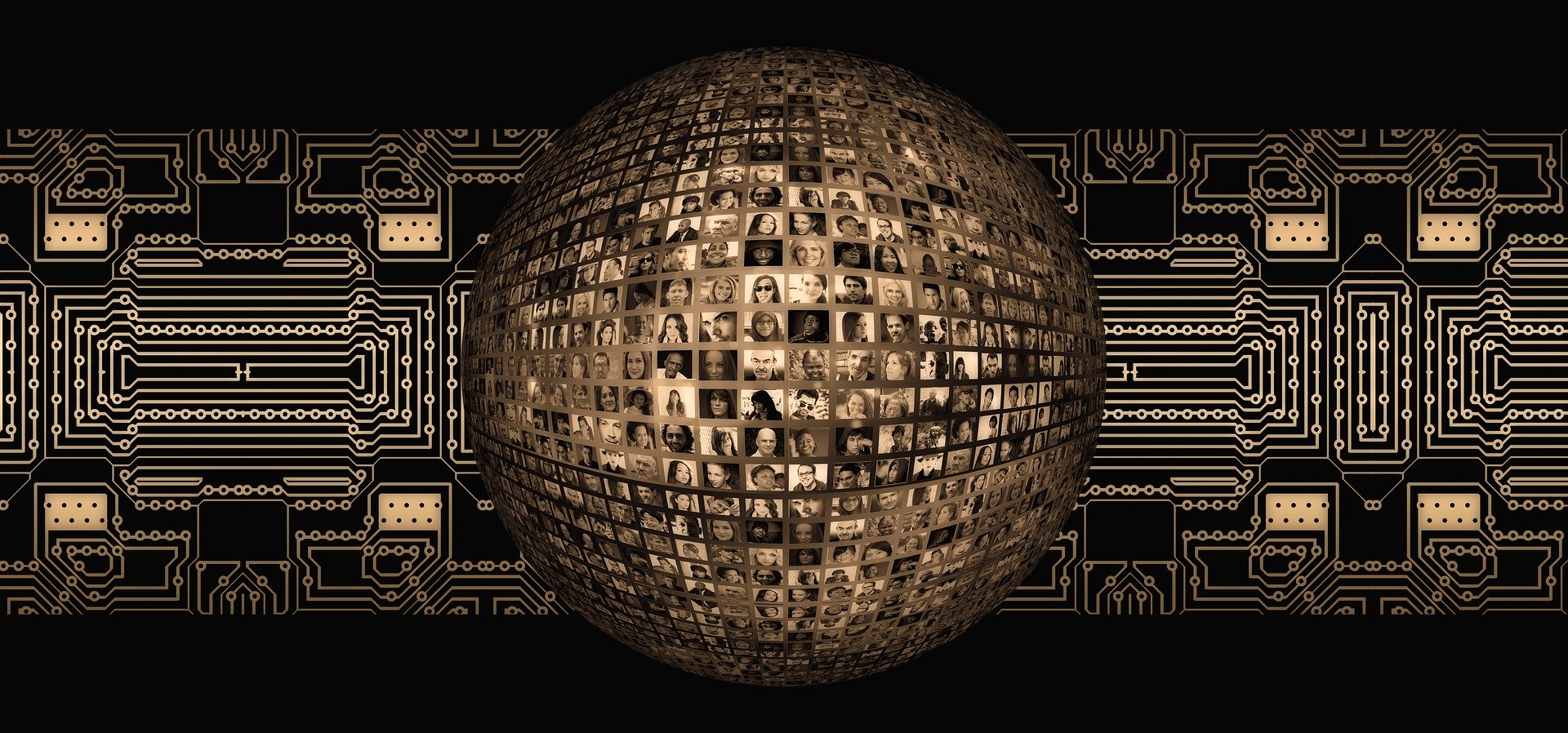Media literacy to fight conspiracy theories
Author: Martha Villabona works at Centro Nacional de Innovación e Investigación Educativa (CNIIE) of the Spanish Ministry of Education and Vocational Training, where she coordinates the area of multiple literacies.

Conspiracy theories are one of the mechanisms to manipulate information intentionally. They present fact-resistant theories and tell unsubstantiated stories that try to explain reality in an alternative way with false information. According to the media context of the second decade of the 21st century, these theories are more visible and have greater reach due to the digital environments through which they circulate. Behind them, there are circles of power that maintain them over time to achieve mainly political or economic benefits. Theories that emerge in the political arena seek, among other objectives, to disseminate disinformation by destabilizing governments and the media.
A current example is the pro-Trump conspiracy theory called QAnon 1 that began publishing texts online in 2017 as if it were releasing top secret information through clues. Its main belief is that President Trump is fighting against those who sabotage the country and generate false information about people, organizations and institutions that pose a barrier to the president’s policies. It is not known who is behind it, but what is incredible is the great acceptance it has and the threat it poses to the 2020 electoral process.
If we had more knowledge of the media, we would be less likely to believe a conspiracy theory. This is demonstrated by the study News media literacy and conspiracy theory endorsement2.
The researchers conducted a web survey of 397 participants that included questions about whether the majority of U.S. media outlets are for-profit businesses; whether politics deals with trivial issues rather than focusing on substantive issues; and whether people who watch more TV news tend to think the world is more violent than it really is. Similarly, participants reported on their ideological profile, as conspiracy theories are quite politically charged. Thus, of the total number of participants, 195 (49.1%) considered themselves liberals, 126 (31.7%) conservatives and the rest, 76 (19.1%), moderates. The results were that people who believe in conspiracy theories know little about how the media works (types of news, the use of digital advertising or the effects of news on public opinion). They also confirmed that all participants tend to support those conspiracy theories that are close to their ideology, although with greater media knowledge this tendency is moderate. The same is true of political statements, the more media literacy there is, the greater the influence of knowing what is objective, accurate and less partisan. Finally, the study demonstrated the benefit of making citizens literate in relation to some aspects of politics such as voting or campaigning, since it involves informed decision-making and conspiracy theory takes advantage of ignorance for manipulation.
In digital environments, conspiracy theories coexist with truthful and rigorous information and share the paths along which they flow, such as social networks. This coexistence causes confusion in citizens, making them unable to separate false information from true information. Moreover, such theories are characterized by a convincing narrative power, since they constitute very well told stories that make people resist to believe that they are not true. In this sense, the mechanism by which a conspiracy theory works has been explained by the theory of motivated reasoning. It can be driven by the personal goals of an individual seeking a particular conclusion that fits with his or her previous beliefs.
What do you do to stop a conspiracy theory? Some might think that making a public correction of false claims gets rid of disinformation. However, it can have the opposite effect to that intended and reinforce the original misinformation. This phenomenon is called “belief echoes” 3 and occurs even when the information is immediately corrected. This is a further concern for data verifiers because their own correction can lead to unintended reinforcement of false information.
What Craft’s (2017) study shows is that one of the tools for detecting conspiracy theories and discriminating false information from true information is media literacy. Media literacy has been defined as the ability to analyze, evaluate and interpret messages that appear in different media (radio, television, press) and that are disseminated through traditional or digital channels. It is a tool that empowers citizens, raises awareness and helps counter the effects of misinformation campaigns and dissemination of false news through digital media. In addition, the research highlights that media literacy training is also related to a greater perception of credibility and trust in the media, as well as helping to nullify previous beliefs. In relation to the consumption of news, media literacy fosters a sceptical attitude and critical spirit towards its content, production and distribution.
References
- Bank J., Stack L. & Victor D. What Is QAnon: Explaining the Internet Conspiracy Theory That Showed Up at a Trump Rally. New York Times, 1 August 2018. ↩
- Craft, S., Ashley, S., & Maksl, A. (2017). News media literacy and conspiracy theory endorsement. Communication and the Public, 2 (4), 388–401. doi: 10.1177/2057047317725539 ↩
- Thorson, E. (2016). Belief Echoes: The Persistent Effects of Corrected Misinformation, Political Communication, 33:3, 460-480. DOI: 1080/10584609.2015.1102187 ↩